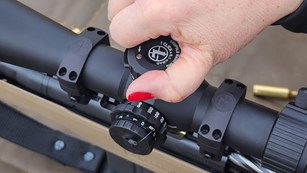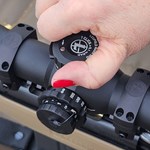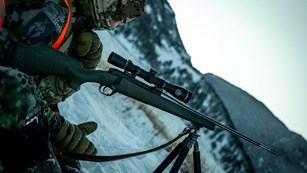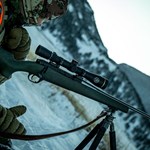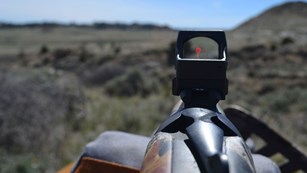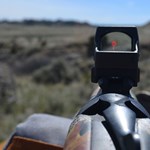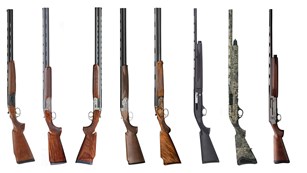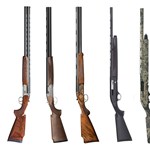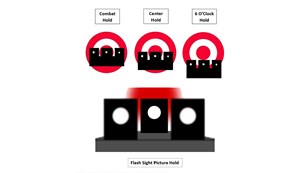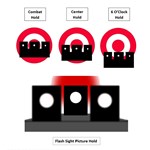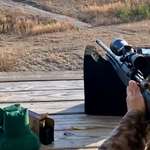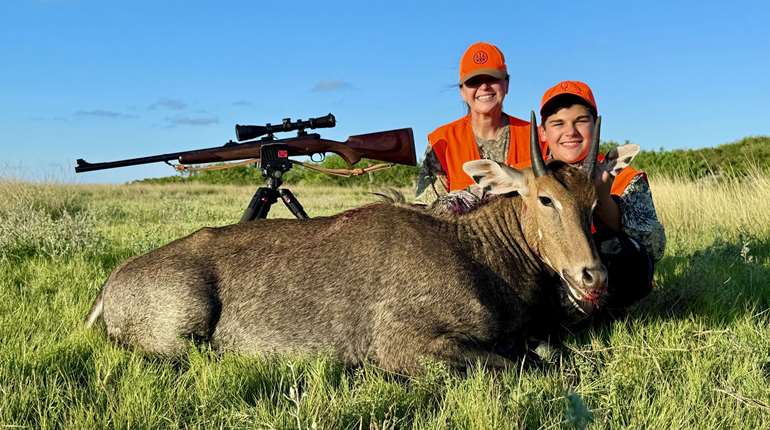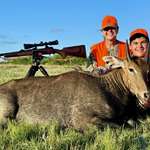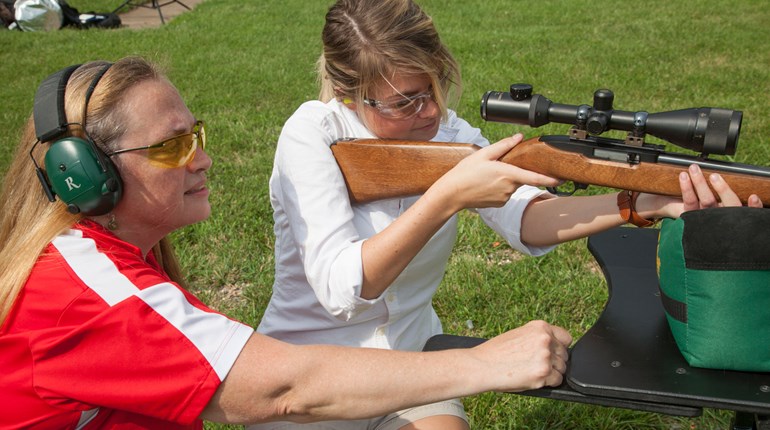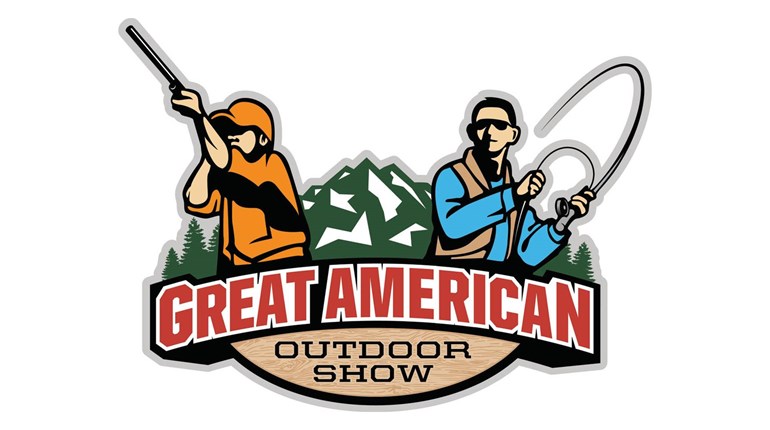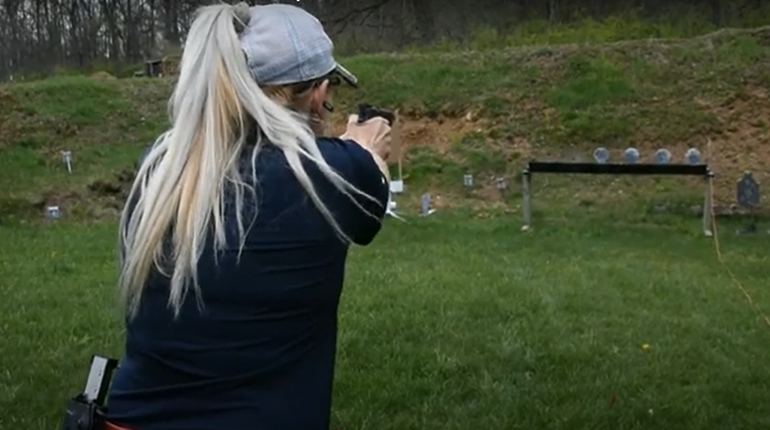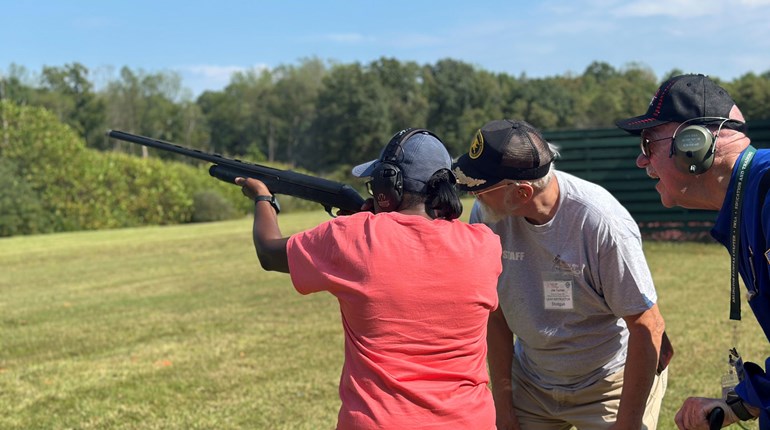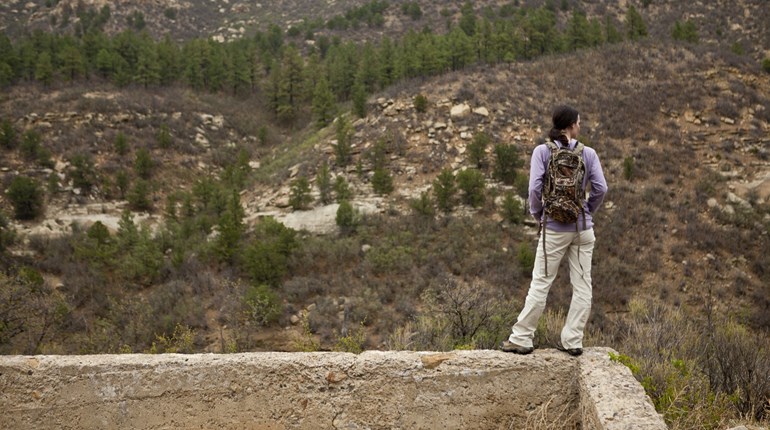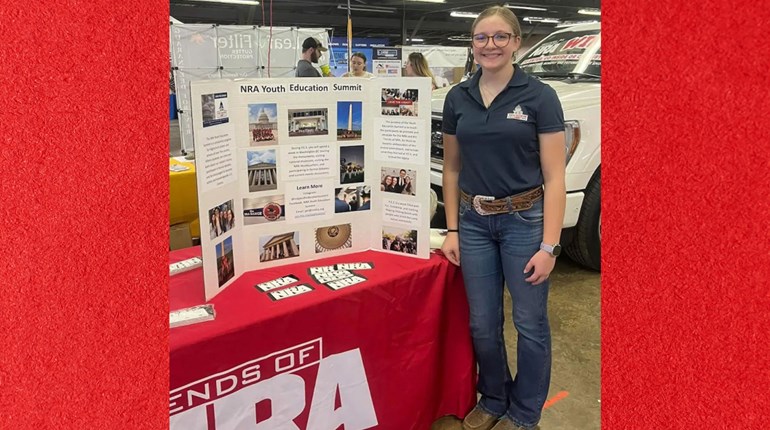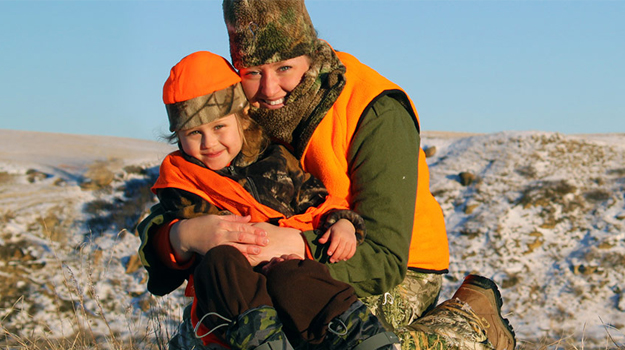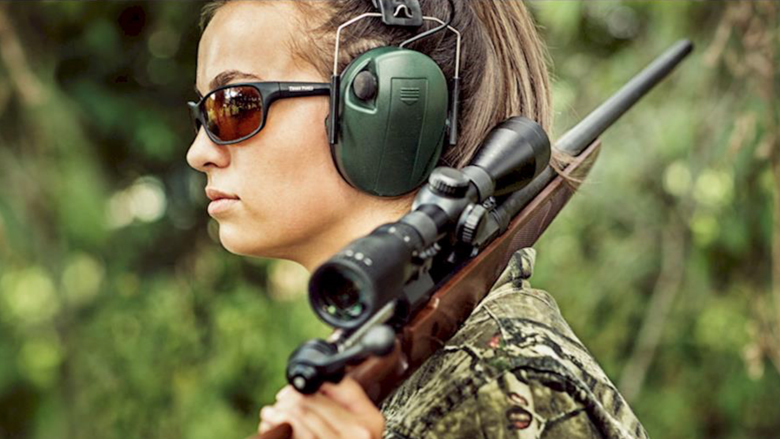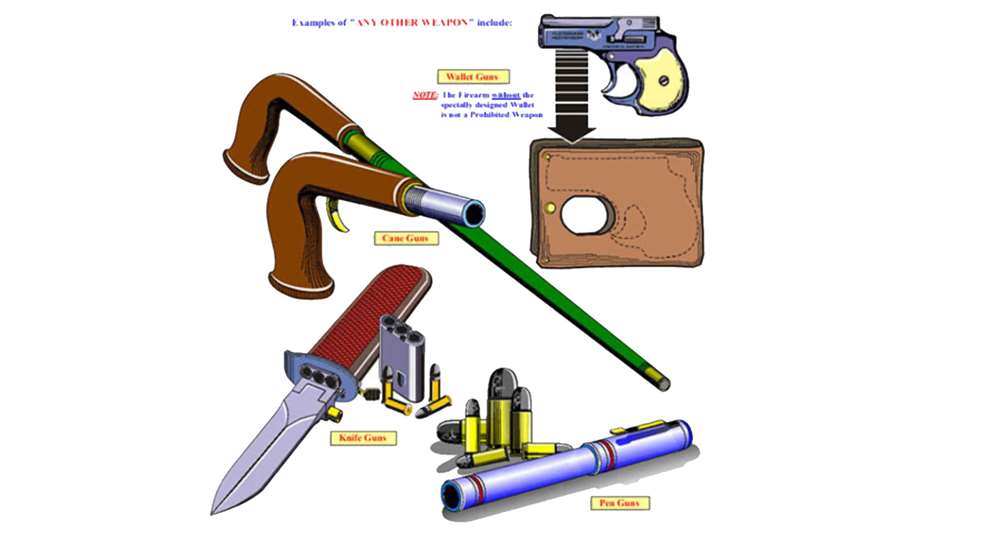
When we’re discussing NFA firearms, most of us understand what machine guns, suppressors and destructive devices (bombs, etc.) are. But there’s another category that is far less self-explanatory and, frankly, confusing: any other weapons, or AOWs. What are they?
This is a catch-all category that basically means “all the stuff that doesn’t fit in another category.” ATF officially defines it like this:
“The term ‘any other weapon’ means any weapon or device capable of being concealed on the person from which a shot can be discharged through the energy of an explosive, a pistol or revolver having a barrel with a smooth bore designed or redesigned to fire a fixed shotgun shell, weapons with combination shotgun and rifle barrels 12 inches or more, less than 18 inches in length, from which only a single discharge can be made from either barrel without manual reloading, and shall include any such weapon which may be readily restored to fire. Such term shall not include a pistol or a revolver having a rifled bore, or rifled bores, or weapons designed, made, or intended to be fired from the shoulder and not capable of firing fixed ammunition.”
Now, that sounds alarmingly broad, but it really means anything that’s not exactly a shotgun, not exactly a rifle, not exactly a handgun, but something else entirely. If you can conceal it on your person and it fires ammunition but it’s not a rifle, shotgun or handgun according to the way ATF defines those terms, it’s probably an AOW.
This includes novelty spy-movie stuff—things like cane guns, pen guns, flashlight guns, wallet guns, and other non-gun-like items that shoot ammunition. Those are pretty rare, but they fall into the AOW category.
More commonly, small guns that fire a shotgun shell and are easily concealed can fall into the AOW category if they have a smooth bore. They might look like a short-barreled shotgun (SBS), commonly called a sawed-off shotgun, but the difference has to do with, weirdly enough, how the gun was originally manufactured and assembled. The ATF defines a shotgun as, essentially, a gun with a buttstock (intended to be fired from the shoulder) and a smooth bore. If a gun started life with a buttstock and a smooth-bore barrel over 18 inches and was later converted by cutting the barrel down, it’s an SBS. If it started life with no buttstock and a smooth-bore barrel, it wasn’t legally a shotgun to begin with, so cutting the barrel down makes it an AOW. The caveat: If the overall length of the gun is 26 inches or more (and therefore not very concealable), it’s considered a “pistol-grip only shotgun” and not an AOW or a shotgun or an SBS. Similar rules spell out the difference between AOWs and short-barreled rifles (SBRs), with a few differences (barrel limit is 16 inches, not 18).
Simply put: If it started out as a shotgun or a rifle, it will always be a shotgun or a rifle of some type (short-barreled or what the ATF calls a “weapon made from a shotgun/rifle”). If was originally manufactured as something that doesn’t fit the legal ATF definition of a shotgun, rifle or pistol, it’s an AOW.
I know, it’s clear as mud. An easier way to wrap your head around it is to use examples of things that might seem like AOWs, but aren’t. For example, the Taurus Judge is a concealable revolver that fires .410 shotgun shells. But it’s not an AOW because the barrel is rifled, not smooth. It is not an NFA Title 2 item. For another example, the Mossberg Shockwave is a shotgun that does not have a buttstock; it’s designed to be fired from the hand, with a pistol grip. The barrel is 14 inches, which qualifies as “short.” However, this gun does not come from the manufacturer with a buttstock; it’s not meant to be fired from the shoulder, which means it was never technically a shotgun to begin with the way ATF defines it. It’s also not a pistol, because it wasn’t designed to be fired with one hand. Because the overall length is just over 26 inches, it falls in the category of a pistol-grip shotgun and not concealable enough to make it a Title 2 item. If this gun were shorter, it would be an AOW.
Phew. OK, enough about shotguns and rifles. Another category of item that falls under AOW is pistols with a vertical grip added. ATF defines a pistol as a gun “originally designed, made, and intended to fire a projectile (bullet) from one or more barrels when held in one hand, and having a chamber(s) as an integral part(s) of or permanently aligned with the bore(s) AND a short stock designed to be gripped by one hand at an angle to and extending below the line of the bore.”
“Designed to fire … when held in one hand” is the key phrase there. Now, we shoot pistols with two hands on the grip for maximum accuracy, but the point is, we don’t have to. The gun functions perfectly well if fired with a single hand, and it’s easy to do so. If you were to add a vertical front grip to a pistol (I don’t know why you would, but…) so that you hold one hand on the rear grip and the other on the front vertical grip, you’ve turned it into a gun that is designed to be fired with two hands. You’ve just turned it into an AOW.
And that brings up an important point: You must be careful when modifying firearms. Cutting down the barrel of a shotgun or rifle to under a certain length makes it a Title 2 item. Adding a vertical grip to your pistol makes it a Title 2 item. There are all sorts of modifications that can turn a legal gun into an NFA-regulated item, and you can’t legally do that without the ATF’s prior approval.
The NFA and ATF rules are complicated and carry serious legal penalties if violated. I am not an attorney, and you should do your own research and consult a licensed dealer and/or an attorney if necessary if you intend to make or purchase an NFA item. That said, I will try to sum up the definition of an AOW this way. According to the ATF:
If it is intended to be fired from the shoulder AND uses a fixed metallic cartridge to fire a single projectile through a rifled bore for each single pull of the trigger, it’s a rifle. If the barrel is less than 16 inches, it’s a short-barreled rifle. If the barrel is less than 16 inches and the overall length is less than 26 inches, and this has been accomplished by modifying the gun from its original manufactured state, it’s a “weapon made from a rifle.” If it came from the factory that way, it’s an AOW.
If it is intended to be fired from the shoulder AND uses a fixed shotgun shell to fire through a smooth bore, it’s a shotgun. If the barrel is less than 18 inches, it’s a short-barreled shotgun. If the barrel is less than 18 inches and the overall length of the gun is less than 26 inches, and this has been accomplished by modifying the gun from its original state, it’s a “weapon made from shotgun.” If it came from the factory that way, it’s an AOW.
If it’s intended to be fired with one hand, with a grip below the line of the bore, it’s a pistol. If the gun has been modified so that it’s intended to be shot with two hands, such as with the addition of a vertical grip, it’s an AOW. Caveat: A 2024 ruling declared that a brace added to a pistol, which is designed to strap the pistol to a shooter’s arm braced against the bicep, is legal and does NOT make the pistol an NFA item. This is an evolving situation, but as of this writing, vertical grips on pistols are not legal without registration, but braces are.
If it’s something else that doesn’t quite fit any of those definitions, it’s an AOW, including things that shoot ammunition but aren’t traditional guns, such as cane guns, pen guns and more.
